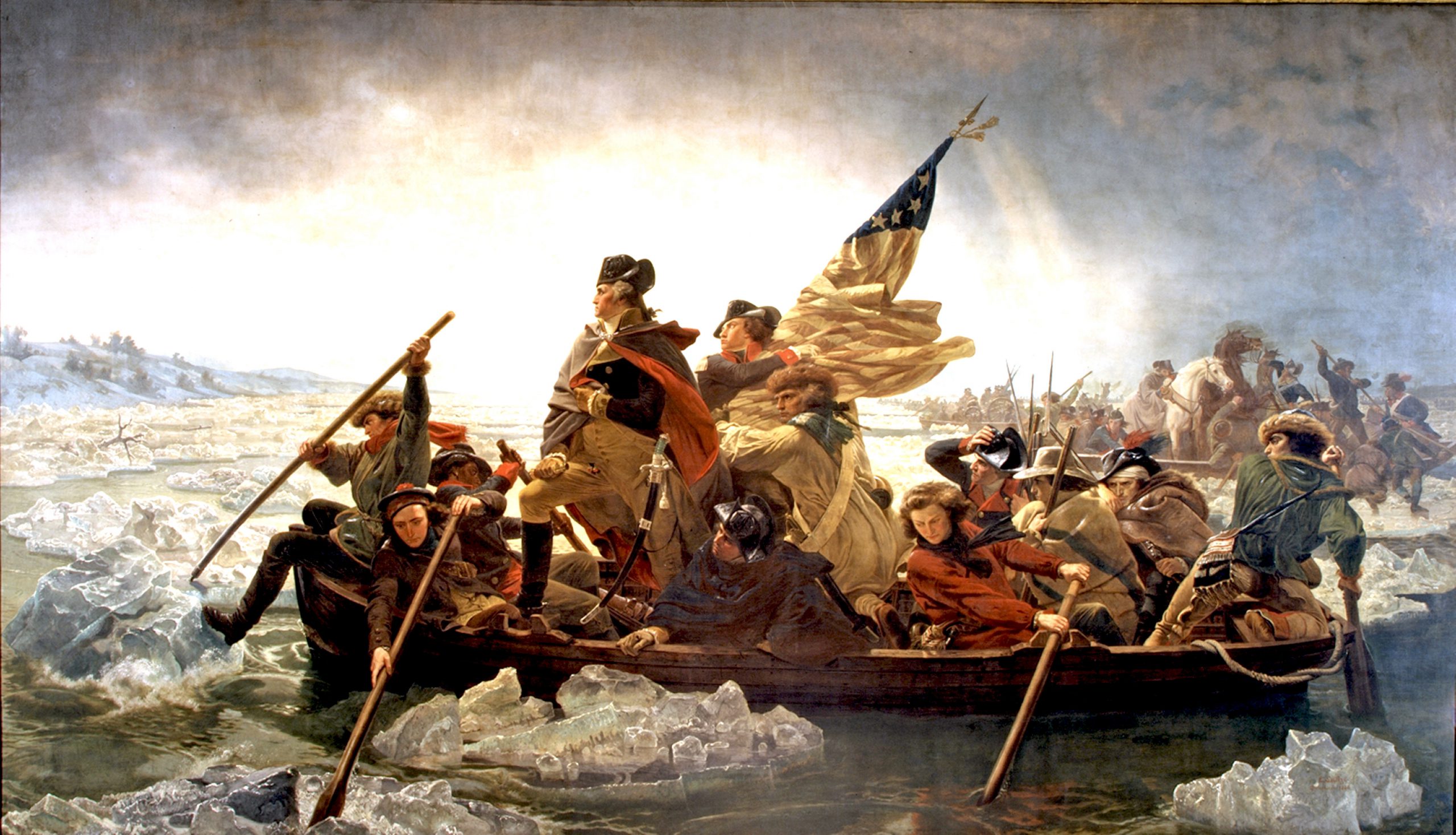
“The Roaring Twenties,” Raoul Walsh’s essential 1939 gangster movie that turns Prohibition into a tragic nostalgia trip, is a terrifically entertaining film in its own right, rough and witty and fast on its feet in a way that only a ‘30’s Hollywood production could be. But it’s also a historically vital hinge movie of sorts, for its director, for its stars, and even for its genre, which was reaching maturity at the end of the decade that saw its central archetypes created.
Freshly available today from Criterion in a new 4K digital transfer, “The Roaring Twenties” strives for a ripped-from-the-headlines grit that was part of the Warner Bros. house style of the day, even as it applies an escapist Studio System balm. A series of fake newsreel montages (with some audacious Expressionist touches) mark the time, from the end of World War I to Prohibition to the Great Depression, the eras that define the rise and fall of Eddie Bartlett, a decent enough Everyman who loses his job while he’s fighting for his country in Europe and falls into a highly successful life of bootlegging.
Cagney, of course, was on the ground floor of the classic gangster talkies, playing the Horatio Alger-like psycho Tom Powers in William Wellman’s 1931 “The Public Enemy,” which, along with “Little Caesar” (1931) and “Scarface” (1932), made up the formidable Big 3 gangster movies of the studio era. These three films were pungent but thin, skillfully made morality tales about bullish men’s violent rise and fall amid the capitalist bonanza of illegal booze. Cagney’s Tommy and Eddie could be cousins, both restless and coiled and bouncy in the Cagney fashion, urban Irish American risers in a burgeoning underworld. But the latter character, like the later film, is softer, less monstrous, more a victim of circumstances. He’s in love with a pure-hearted showgirl (Priscilla Lane), who, in turn, is in love with Eddie’s morally upright lawyer and war buddy Lloyd (Jeffrey Lynn). This can’t end well for Eddie. It is, after all, a gangster movie from Production Code times, when crime was never allowed to pay.

“The Roaring Twenties” is based on the story “The World Moves On” by Mark Hellinger, a New York newspaper columnist and producer who might be described as a gritty romantic. The characters are said to be composites of people Hellinger knew in real life. As Hellinger’s biographer Jim Bishop wrote, in Hellinger’s view “practically all bad men were really good men who were forced by circumstance to work outside the law.” This describes Eddie pretty well. But there is one truly bad man in “The Roaring Twenties.” That would be George Hally, who starts as a war buddy before becoming Eddie’s business partner. He’s played by the not-yet-leading-man Humphrey Bogart as a vindictive sadist who happily ruins Eddie when the economy goes bust. This is sardonic Bogie with all the charm and empathy rubbed away. More on that in a moment.

The movie zips along at breakneck pace, and in a dramatic style that reflects the rapid changes that unfolded between the beginning and end of the decade in Hollywood. The ‘30s saw the flowering of screwball comedy and the rat-a-tat dialogue that marked movies like “It Happened One Night” (1934) and “Bringing Up Baby” (1938). “The Roaring Twenties” screenplay, written by a team that included such greats as Robert Rossen and Jerry Wald, has a Runyonesque wit and energy lacking in its gangster predecessors, a joie de vivre to accompany the march toward death. The movie finds time to dance and playfully jibe in between gun blasts. Cagney and Bogart had recently teamed up in the more melodramatic “Angels with Dirty Faces” (1938), in which Bogart was billed below Pat O’Brien and the Dead End Kids. “The Roaring Twenties” is a fleeter, nimbler affair, ad both stars benefit.
By the end of the decade, Hollywood had also figured out a visual film grammar to go with sound. You could feel this happening during moments of the early gangster movies, but the aesthetics of “The Roaring Twenties” and the other milestones of the storied Class of ’39 (including “Gone With the Wind,” “Stagecoach,” and “Mr. Smith Goes to Washington”) are miles ahead in terms of what the camera did and didn’t do in, say, “The Public Enemy.” Take the kinetic, climactic tracking shot executed by Walsh and his cinematographer, Ernest Haller, that guides Eddie down the sidewalk toward his inevitable fall and the epitaph uttered by his fellow down-and-outer, Panama (Gladys George), also ruined by the one-two punch of Prohibition’s end and the Depression’s beginning: “He used to be a big shot.” Walsh always knew how to make movies move, even back in 1915, when he made his first feature, the gangster movie “Regeneration.”
The career trajectories of Walsh, Cagney and Bogart would continue to intersect in fascinating ways. Walsh directed Cagney in “The Strawberry Blonde” (1941), a romantic comedy (with Olivia de Havilland and Rita Hayworth) that still allowed the star to flex some tough guy muscle. The next year Cagney gave his only Oscar-winning performance, as song-and-dance giant George M. Cohan in “Yankee Doodle Dandy.” As the plucky gangster movie was largely supplanted by fatalistic noir, Cagney’s persona and roles took on a more heroic bent. But when he and Walsh reunited for the life of crime, they blew the roof off the genre. “White Heat” (1949) gave us Cagney’s Cody Jarrett, the gangster as psychotic mama’s boy, a feral beast in a fedora. Older and a little heavier that in his “Roaring Twenties” days, Cagney is both hilarious and terrifying in “White Heat,” which is not only a classic gangster movie but also a classic prison movie. The famous, fiery ending—“Made it, Ma! Top of the world!”—feels like an apocalypse of sorts for the gangster movie; in an interview on the Criterion disc, the critic Gary Giddins argues that the genre endured a mid-century fallow period that ended only with “The Godfather” in 1972.

Bogart’s path after “Roaring Twenties” is even more interesting. In 1940, he reteamed with Walsh for “They Drive by Night” and also “High Sierra,” in which he plays Roy Earle, a hardened thief with a soft spot, one of the good bad guys (or bad good guys) that Hellinger liked so much (he’s an associate producer here). Then came the movies that would make Bogart a true star and cement his persona of a cynical romantic not to be trifled with: “The Maltese Falcon” (1941), “Casablanca” (1942), “To Have and Have Not” (1944), and “The Big Sleep” (1946). In none of these movies would Bogart’s character be considered a bad guy, certainly not as bad as the irredeemable scoundrel he plays in “The Roaring Twenties.”
But Bogie loved the darkness. More specifically, he loved cracking up on screen. George Hally is a villain, but he’s a pretty stable villain, greedy and heartless and a little two-dimensional. As Bogart became a leading man, he used his clout to mix his cynical heroes, his Rick Blaines and Sam Spades, with some frightening neurotics. Think Fred C. Dobbs, the paranoid, murderous gold prospector in “The Treasure of the Sierra Madre” (1948), or Dixon Steele, the haunted novelist who conveys a constant threat of violence, in “In a Lonely Place” (1950). Or Captain Queeg, the domineering lunatic of “The Caine Mutiny” (1954). Like Cagney, Bogart moved toward richer characterizations of evil as his career progressed. One wonders how deep he might have gone had he not died of cancer in 1957, at age 57.
Walsh liked his tough guys with wrinkles and internal conflicts and girl troubles. He might not have put in this way, but he liked them modern, a word that sums up “The Roaring Twenties” quite well. Even when it gets dewy-eyed for the past, it’s breaking away.




